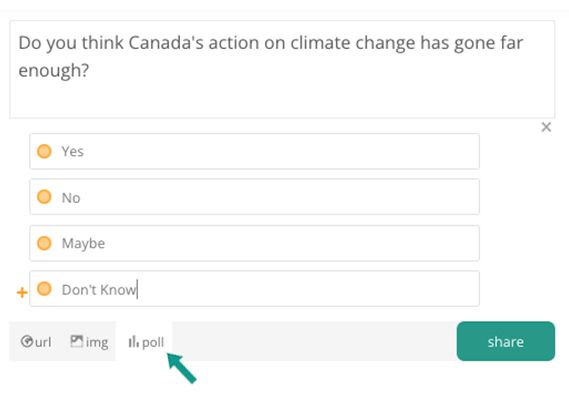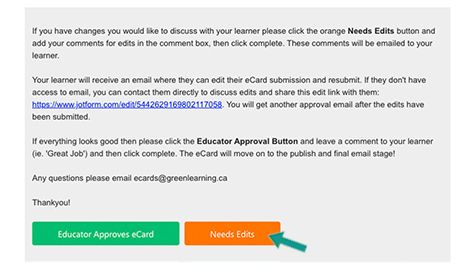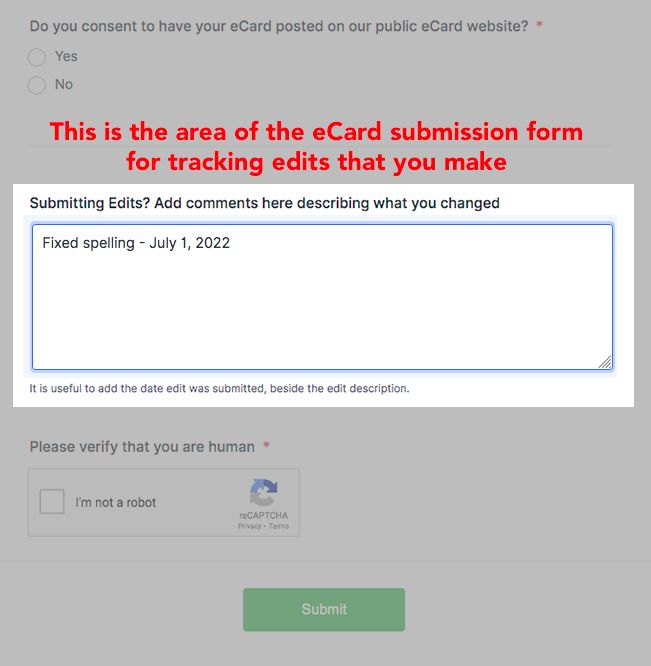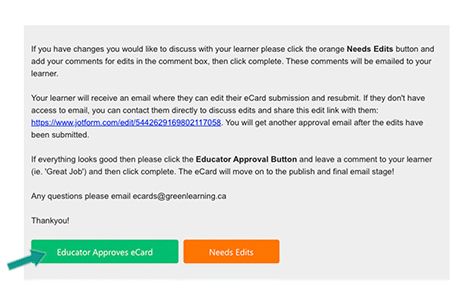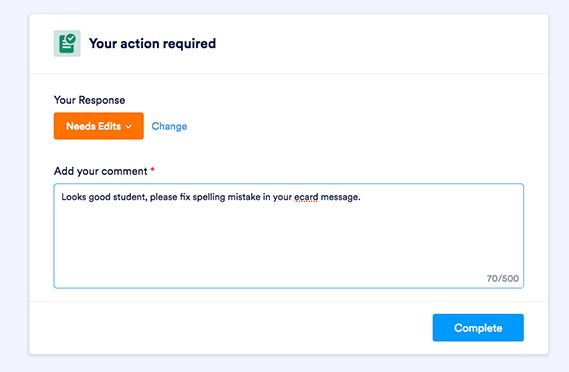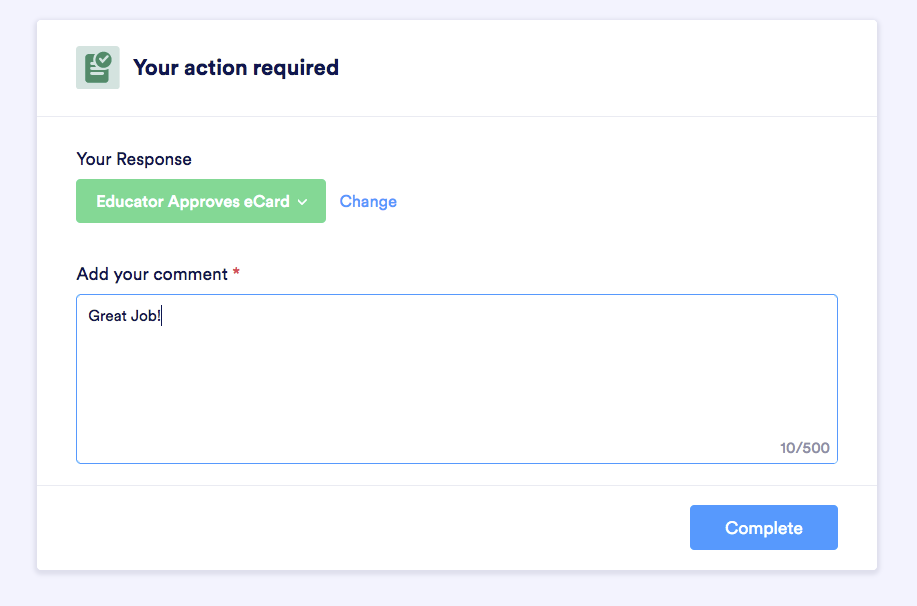Flood Resilience Plan for your School
FLOOD:ED CHALLENGE
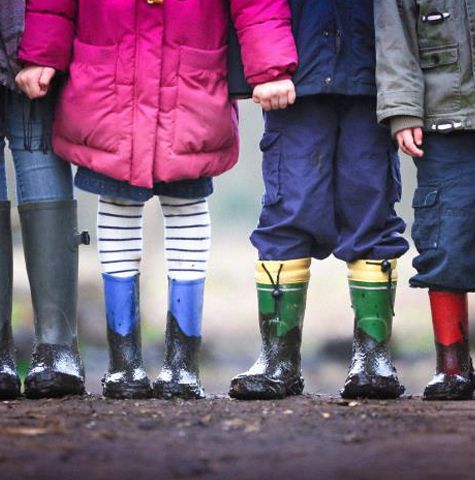
Learning Outcomes
- Students will understand the volume of water that falls during a rain event in their school area.
- Students will understand the meaning of permeable, what that means to flood resilience and how to calculate the area of your school that is permeable.
- Students will explore different methods of making their school resilient to flooding
Note – you will need to complete the Flooding Mapping Activity first to complete this activity.
Length of Activity: 5 – 6 hours
Grade Level: 5 – 12
Materials List
Internet Enabled Device
Assessment Rubric
Flood:ED Backgrounder
Worksheet: How Many Rain Barrels Will Your School Need?
Worksheet: How Much Surface in Your School is Permeable?
ACTIVITY
Step 1 (90 - 120 minutes)
Take a Flooding Mapping Tour in your school or neighbourhood
Go to the Flooding Mapping Tour activity linked below to identify, count and take pictures of the human-made and natural things in the stormwater infrastructure around your school or neighbourhood. https://programs.greenlearning.ca/course/flooding-mapping-tour
After completing the activity and preparing your Flooding Map, you will get a good understanding of where flooding or pooling occurs in your school or property and other problems areas.
Now that you know your school and/or property really well, together with the problem areas, it is time to get to work!
Go to the Flooding Mapping Tour activity linked below to identify, count and take pictures of the human-made and natural things in the stormwater infrastructure around your school or neighbourhood. https://programs.greenlearning.ca/course/flooding-mapping-tour
After completing the activity and preparing your Flooding Map, you will get a good understanding of where flooding or pooling occurs in your school or property and other problems areas.
Now that you know your school and/or property really well, together with the problem areas, it is time to get to work!
Step 2 (45 - 60 minutes)
What volume of water falls during a rain event in your school area?
Consider the following as you calculate the volume of rain falling in your area:
Discuss the following in your group after you complete the activity:
- Show students how to calculate the volume of rain falling in your school area using GreenLearning’s Flood Assessment tool https://greenlearning.ca/assets/uploads/pdf/Activity-Resource-Volume-of-water.pdf
Consider the following as you calculate the volume of rain falling in your area:
- Search for a recent local story of a severe rainstorm. How much rain fell? How would this change your calculations?
- You can use this resource to find out precipitation data in your location: https://www.weatherstats.ca/
- Click on the above link, select your location from the dropdown menu, and scroll down the page to see the precipitation chart and information.
Discuss the following in your group after you complete the activity:
- Were you surprised by the amount of rain that falls on your school during a typical rain event?
- Is there a time of year that your community or school is more vulnerable to a flood?
- How much is 1 cubic meter of water? Here is an image to help you visualize it!
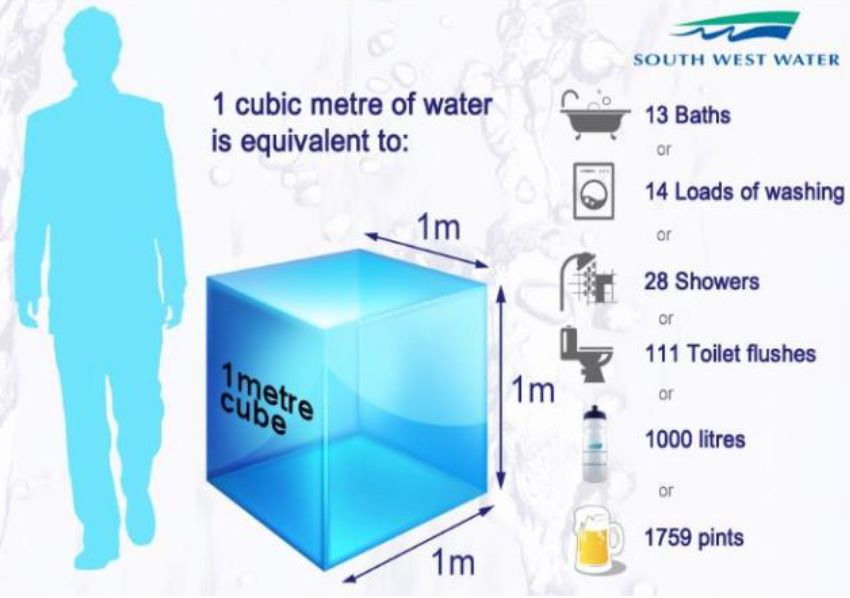
Step 3 (30 - 45 minutes)
What surface of your school area is permeable?
Begin by explaining the following definition:
Once you complete the calculation, consider the following questions for group discussion:
Begin by explaining the following definition:
- Run-off: When it rains, the water has to go somewhere; if it doesn’t soak in the ground it is called runoff. This is the most common cause of flooding, especially urban flooding.
- Permeable Surfaces: Surfaces through which water can infiltrate or percolate (makes its way down into the earth). Examples would include fields, forests, gardens, lawns and parks.
- Impermeable Surfaces: Surfaces through which water cannot infiltrate. Examples include roads, paved areas like some schoolyards, parking lots and industrial locations. While most asphalt or concrete are impermeable, there are some new types of porous asphalt and concrete that are permeable.Continue on to understand how much surface in your school is permeable.
- Calculate the percentage of permeable surface using GreenLearning’s tool provided here: https://greenlearning.ca/assets/uploads/pdf/Activity-Resource-Permeability-Percentage.pdf
Once you complete the calculation, consider the following questions for group discussion:
- Where does the water go when it runs off your school grounds during a rain event?
- Search online for sewer or drainage ditch maps of your community – sometimes they are very detailed and even have photos.
- What is the advantage of having a high percentage of your school grounds as a permeable area?
- What can be done to improve your school grounds to reduce flooding?
- Which area(s) could be changed from impermeable to permeable? How?
Step 4 (90 - 120 minutes)
Take Action! How can you school prepare for a flood?
A) Create a Flood Resilience Plan:
Begin by explaining the following definition:
A) Create a Flood Resilience Plan:
Begin by explaining the following definition:
- Create a Flood Resilience Plan for your school using the information you have collected in steps 1 and 2.
- Research what other schools and cities are doing to prepare for floods. (Hint: look at the flood resilience case studies covered in the activity Preparing for Flood Resilience)
- Include the following in your Flood Resilience Plan:
- School Name and Location
- Briefly explain if flooding is a concern for your school, why or why not? (Hint: use information gathered in step 2 to help inform this analysis)
- Steps you propose to take to make your school resilient to flooding. Of the proposed steps, which are more feasible to achieve? Are there any barriers to achieving those goals (i.e.,approvals, financial costs, etc.)? How can you overcome these barriers?
- Explain how the proposed steps will make your school resilient to flooding.
You may also use GreenLearning’s Home Flood Protector Scavenger Hunt activity to inform your Flood Resilience Plan: https://greenlearning.ca/homefloodprotector/
B) Implement your plan and take action:
- Take action by implementing the proposed steps in your plan.
- We also invite you to use any action activities from https://programs.greenlearning.ca/take-action-flooded
- While there are many ways to make your school flood resilient, you can check out Appendix A below for some additional tools to help spark creativity!
C) Report the impact:
Report the impact of your implemented action items. Below are some impacts we would love to see you accomplish:
- How many litres of water were you able to divert?
- How much CO2 was removed from the atmosphere?
- What amount of property is protected as a result of implementing your Flood Resilience Plan?
- Any other impacts you can report on!
Appendix A
How many barrels would your school need to collect rainwater? (30 – 45 minutes)
Begin by calculating how many rain barrels will be used in your school, using GreenLearning’s tool provided here https://greenlearning.ca/assets/uploads/pdf/Activity-Resource-How-many-rain-barrels-will-your-school-need.pdf
Food for thought… after completing the calculation, consider the following questions for discussion:
Thinking of planting trees – what are some of the benefits of planting trees in your school? (30 – 45 minutes)
Determine how many trees you can plant in your school to reduce the change of floods.
Begin by explaining that planting trees can divert rainwater as it is a natural mechanism for increasing the absorption of excessive rainwater, thereby reducing the changes of flash floods.Go over the following questions with your class:
Find the resource below to complete this analysis:
Begin by calculating how many rain barrels will be used in your school, using GreenLearning’s tool provided here https://greenlearning.ca/assets/uploads/pdf/Activity-Resource-How-many-rain-barrels-will-your-school-need.pdf
Food for thought… after completing the calculation, consider the following questions for discussion:
- Where would the most convenient place be to install rain barrels at your school?
- List the steps would you need to take to have rain barrels installed in your school?
- What do you think is the best use for the water from the rain barrels?
- Find a story of a school that has installed rain barrels.
Thinking of planting trees – what are some of the benefits of planting trees in your school? (30 – 45 minutes)
Determine how many trees you can plant in your school to reduce the change of floods.
Begin by explaining that planting trees can divert rainwater as it is a natural mechanism for increasing the absorption of excessive rainwater, thereby reducing the changes of flash floods.Go over the following questions with your class:
- Find out how many trees can be planted in your school.
- Once you have determined how many plants can be feasibly planted in your school, continue to calculate how
Find the resource below to complete this analysis:
- https://mytree.itreetools.org/#/
- Notes on how to use this tool: define the tree you are planning to plant and check the amount under “Storm Water Runoff Avoided”
An additional benefit of planting trees is absorption of CO2 from the atmosphere, thereby helping reduce the effects of climate change. Find out how much CO2 is offset by the trees you have planted using the tools below:
- CO2 absorbed by one tree, here are a few resources:
- Calculate the total amount of CO2 absorbed:
- CO2 absorbed by one tree x number of trees planted
Do you wonder if you protected your school or organization property by implementing your Flood Resilience Plan? Not sure how to estimate that? Here are some tips!
Make an assessment of all the areas in your school or organizational premises that are most prone to being damaged by flooding. You can do this by creating a list of property items (e.g. experiment lab, number of classrooms, gym, administrative offices etc.) HINT: a great way to do this project would be to work with your facilities department, ask their expertise to help you with creating a list of all the property items.
Once you have a list ready, work with your facilities team to estimate the market value of that property item – basically if that property item is damaged, how much will it cost you to repair it? If you cannot assign a monetary value to the damage cost, a great start might be to estimate the percentage of property that can be protected with your plan. For instance, while working with your facilities team you estimated that the Plan will protect 80% of the school property from flooding! How awesome is that!
Remember, we are not looking for perfect answers, as an estimation is always just an estimation. But we invite you to challenge yourself to figure out the impact of your amazing Flood Resilience Plan!
Have fun!
GreenLearning
creates free education programs about energy, climate change and green
economy that engage and empower students to create positive change.
Explore
Get Involved
© 2024 GreenLearning. All rights reserved.
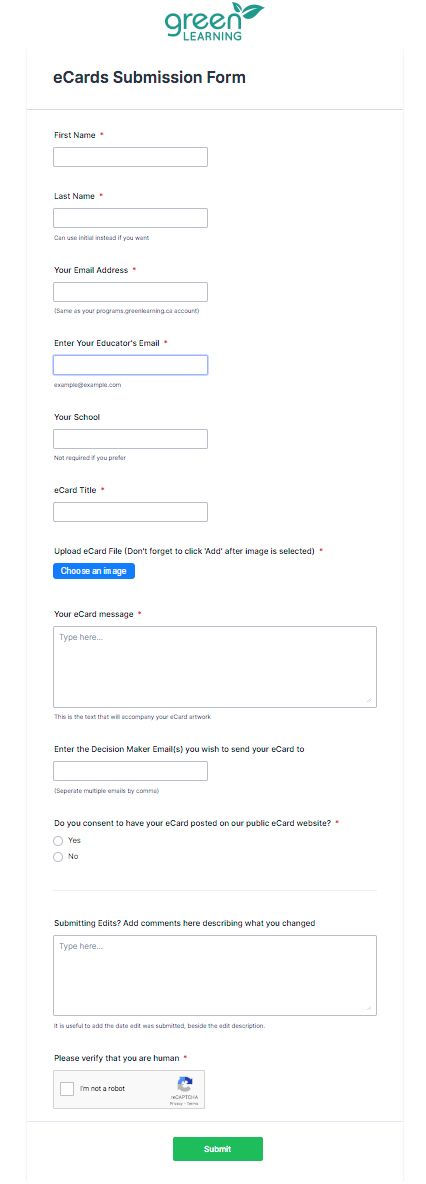



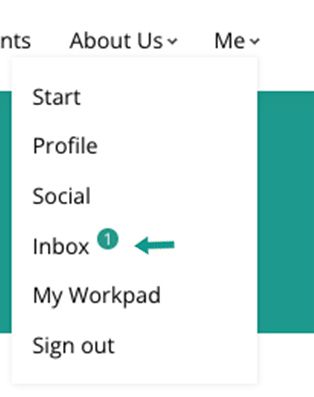
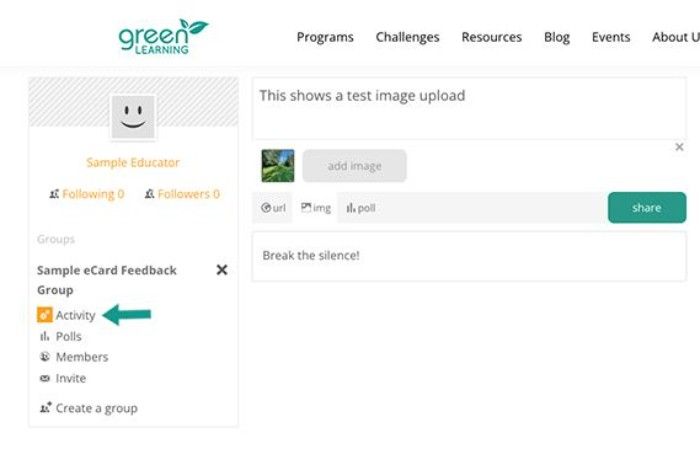
Activity link under private class group.

